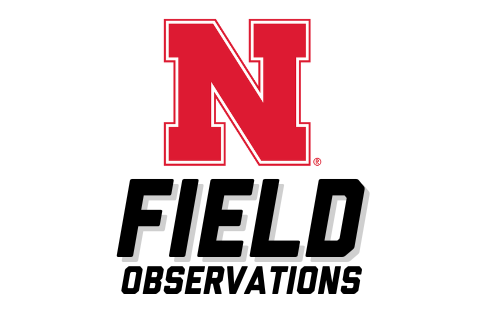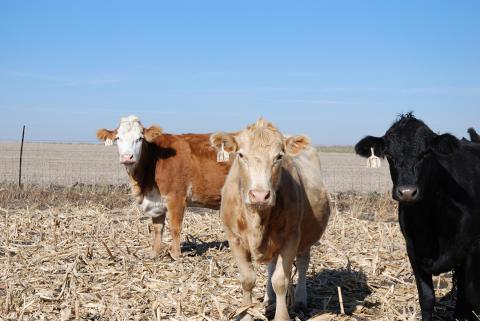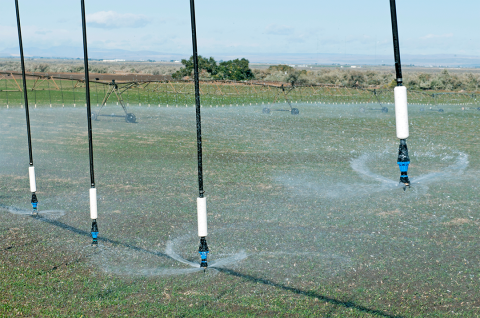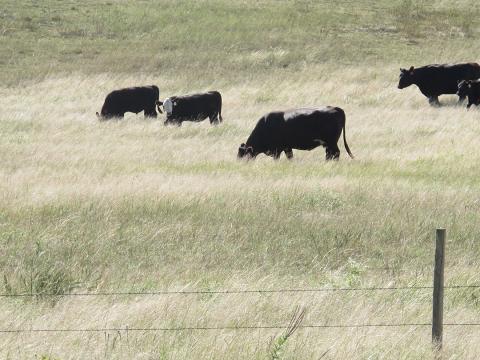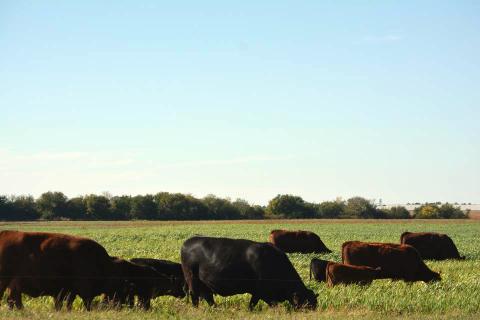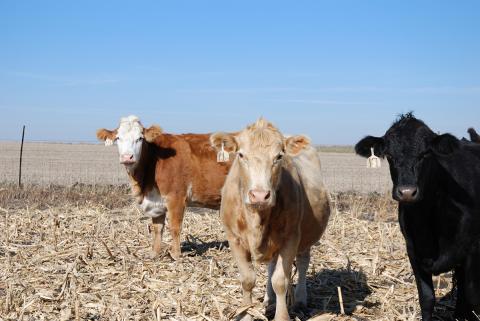Pasture and Forage Minute: Winter Grazing Pastures and Hay Testing
November 2, 2023
Extension educators review considerations for managing livestock nutrition during the winter, from grazing pastures to feeding quality hay.
This Week on N Field: Frost and Prussic Acid
October 27, 2023
Sorghum, soghum-sudan and milo are great options for fall grazing, but producers should be cautious of frost damage and prussic acid prior to putting cattle out to graze.
Pasture and Forage Minute: Grazing Grain Sorghum Stover and Corn Residue
October 26, 2023
A review of the pros and cons of grazing sorghum and corn residue, and how to maximize the nutritional benefits of each.
Pasture and Forage Minute: Grazing and Fall Irrigation of Alfalfa
October 18, 2023
The pros and cons of grazing fall alfalfa, and capturing the benefits of targeted fall alfalfa irrigation after a dry year.
Grass and Grazing Webinar Series Scheduled in October and November
October 12, 2023
The webinar series will cover topics of grass species selection, calculating stocking rates, developing grazing plans, understanding insurance as a drought risk management tool, and more.
Nebraska Extension Provides Cover Crop Grazing Conference Nov. 7
October 12, 2023
This expo will help first-time and experienced farmers looking to fine-tune their grazing management utilizing cover crops as an alternative forage source.
Frosted Sorghum and Prussic Acid
October 6, 2023
A review on how to safely graze forage sorghum species after freezing temperatures.
Pasture and Forage Minute: Lease Agreement Conditions, Grazing Drought-stressed Crop Residue
September 27, 2023
Extension educators review important factors to consider when entering a land lease agreement, overgrazing pastures in preparation for interseeding legumes, and using drought-stressed crop residue as a feed source.

